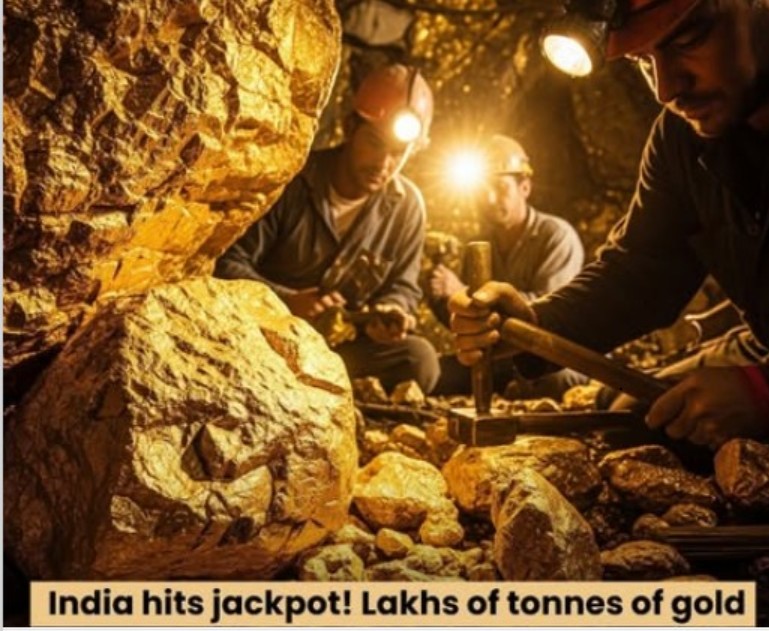
Follow WOWNEWS 24x7 on:

India’s mineral map just got a glittering upgrade. In a discovery that’s being hailed as one of the most significant in recent history, geologists have confirmed the presence of massive gold reserves beneath the soil of Jabalpur, Madhya Pradesh. The find, estimated to span nearly 100 hectares, could potentially hold millions of tonnes of gold—catapulting India into a new era of domestic mineral wealth and reducing its reliance on imports.
Here’s a deep dive into the discovery, its implications, and what lies ahead.
Key highlights from the discovery
- The gold reserves were identified in the Mahangwa Keolari area of Sihora taluka, Jabalpur district
- Preliminary estimates suggest the deposits stretch across nearly 100 hectares
- The discovery builds on Jabalpur’s existing reputation for iron, manganese, and limestone
- The Department of Geology and Mineral Resources is preparing for the next phase of exploration
- With 42 operational mines already in the region, infrastructure for excavation is largely in place
Why this matters for India
1. Economic potential
If fully explored and mined, the Jabalpur gold reserves could significantly boost India’s economy. The country currently imports around 700 to 800 metric tonnes of gold annually, with domestic production at a mere 1.6 tonnes. A discovery of this scale could reduce import dependency, improve trade balances, and strengthen the rupee.
2. Strategic advantage
Gold isn’t just a luxury commodity—it’s a strategic asset. From central bank reserves to industrial applications, gold plays a crucial role in economic stability. Domestic reserves offer India greater control over pricing, supply chains, and geopolitical leverage.
3. Regional development
Madhya Pradesh, already a mineral-rich state, stands to gain enormously. The discovery could lead to increased investment in infrastructure, job creation, and ancillary industries such as transport, logistics, and refining. Jabalpur’s transformation into a mineral hub could mirror the rise of other resource-driven economies.
4. Fast-track feasibility
Unlike virgin territories, Jabalpur already hosts active mining operations. This means lower upfront investment and faster turnaround for exploration and extraction. The government is expected to expedite approvals and environmental assessments to capitalize on the momentum.
What’s next in the gold rush
- Detailed geological surveys and sampling will be conducted to validate the scale and quality of the reserves
- The government may invite private and public sector bids for mining rights
- Infrastructure upgrades, including roads, rail, and processing units, will be prioritized
- Environmental safeguards and community engagement will be key to sustainable development
The ripple effect
This discovery isn’t just about gold—it’s about confidence. It signals that India’s mineral potential is far from exhausted. It could inspire further exploration across under-mapped regions, especially in central and eastern India. It may also prompt policy shifts toward incentivizing domestic mining and reducing bureaucratic hurdles.
Moreover, the find could reshape investor sentiment. With global interest in sustainable and locally sourced minerals rising, India’s newfound reserves could attract foreign direct investment and strategic partnerships.
Conclusion
India’s golden jackpot in Jabalpur is more than a geological marvel—it’s a national opportunity. As the country eyes a future of self-reliance and economic resilience, this discovery could be a cornerstone in its journey. Whether it leads to a mining boom or a broader mineral renaissance, one thing is clear: the ground beneath Jabalpur is no longer just soil—it’s strategy.
Sources: MSN News, News18, India.com.





